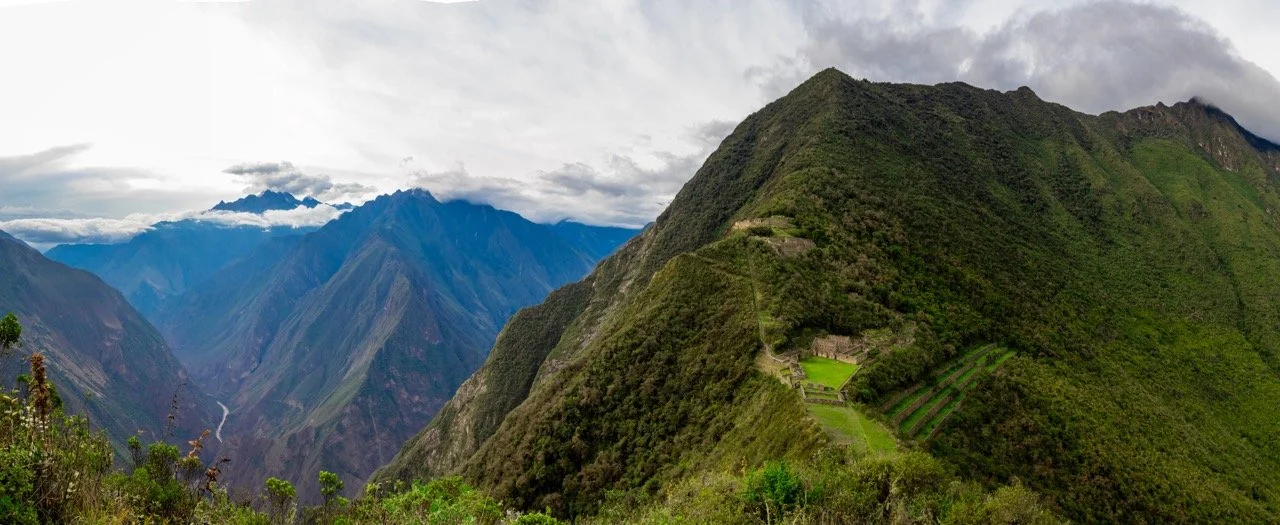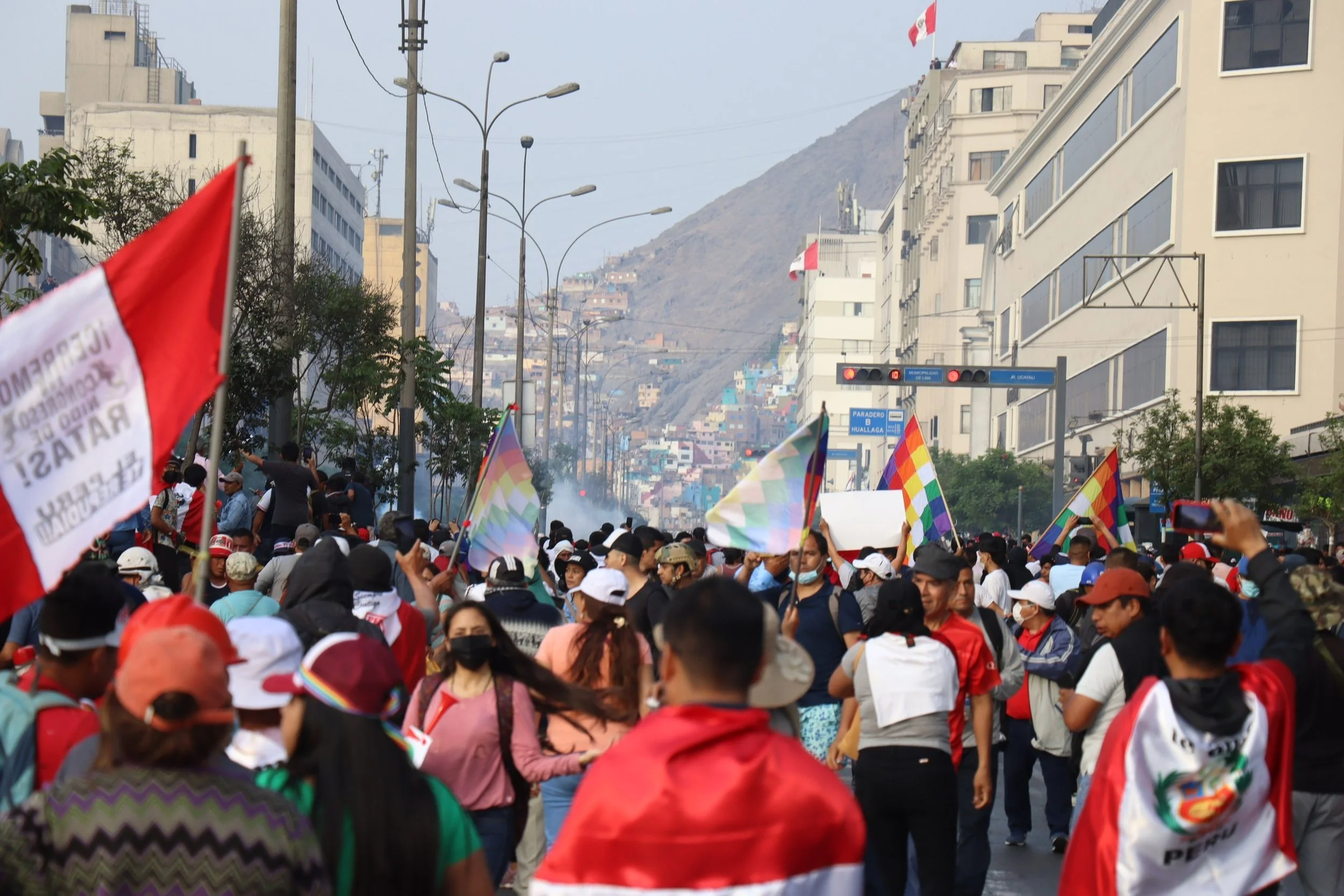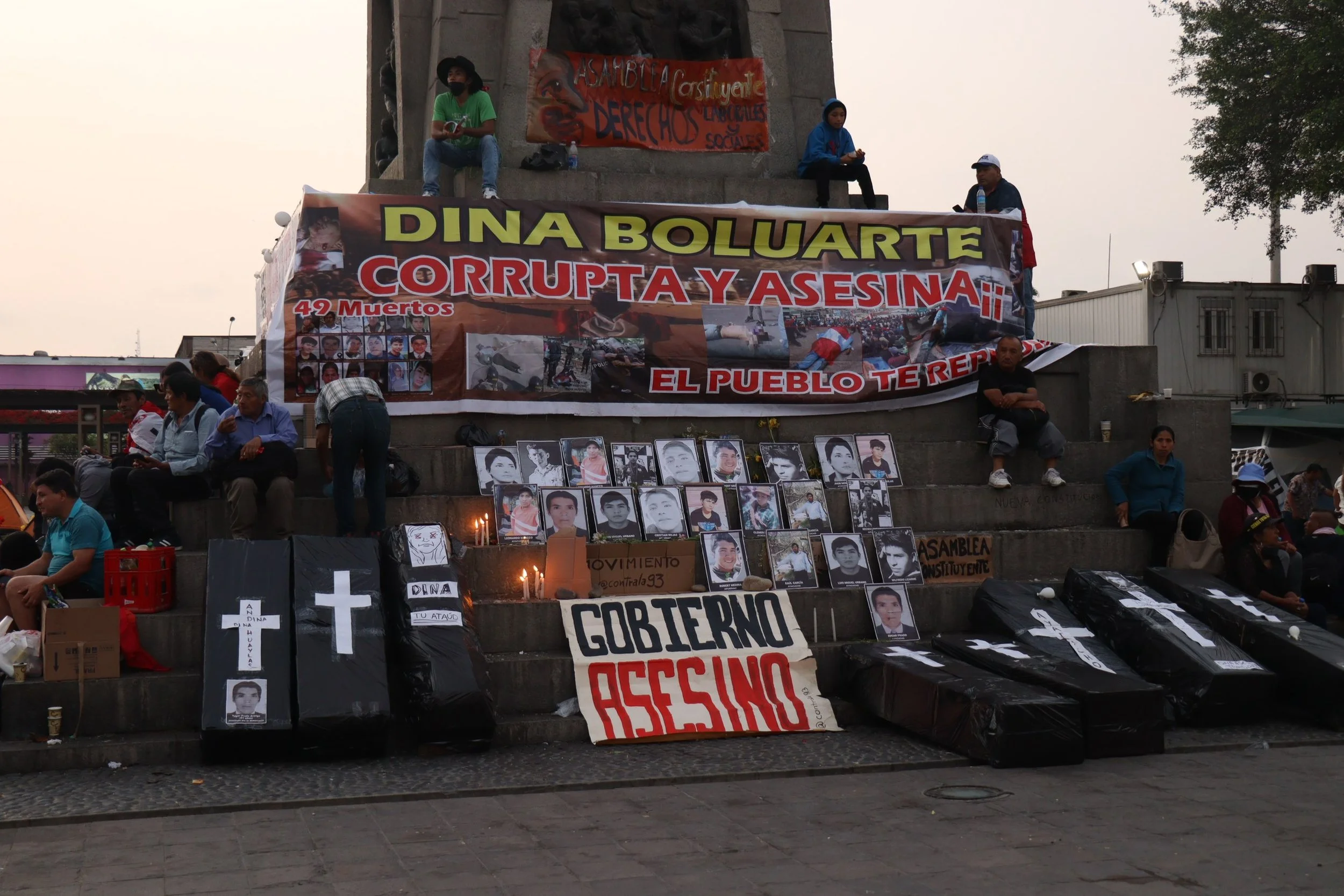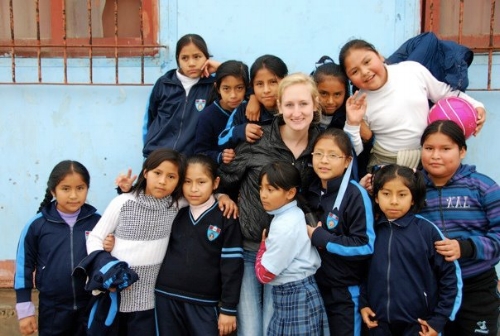In the 90s, hundreds of thousands of impoverished and often Indigenous Peruvian women were forcibly sterilized. Now, they seek justice.
Quechua Women and Children. Josh Walczak. CC BY-NC-SA 2.0.
In December of 2023, a fight that has spanned decades was dealt two major blows when former Peruvian President Alberto Fujimori was released from prison on the same day that Peru’s Supreme Court annulled an investigation into state-sponsored sterilizations. Fujimori, who oversaw the sterilization program during his presidency, had been serving time in prison after being found guilty of crimes against humanity by Interpol. Peru’s Constitutional Court authorized his release on humanitarian and health grounds less than two years after the Inter-American Court of Human Rights had overruled his pardon in 2022. Elected in 1990 during a period of great economic and political unrest in the country, Fujimori presided over an administration fraught with corruption, controversy, and human rights abuses. Most notoriously, he oversaw the Barrios Altos Massacre, for which he was charged and sentenced.
Although their cases are the most widely publicized, political dissidents were not Fujimori’s only victims. After his re-election in 1995, the President introduced the National Reproductive Health and Family Planning Program (also known as the National Population Program) to address issues of poverty, economic instability and overpopulation. Fujimori presented the program as a feminist undertaking that would assure the reproductive rights of Peruvian women. Prior to the implementation of the program in 1996, women could only be approved for sterilization if they met a number of prerequisites, such as age or health risk factors. The National Population Program did away with the majority of those prerequisites. As a result, 272,028 women were sterilized by the government. Many of those women, however, have since come forward to say that they were subjected to the procedure against their will.
In what has been called a genocide or ethnic cleansing Fujimori’s administration mainly targeted women from impoverished backgrounds for sterilization, many of whom were members of Peru’s Indigenous communities. The sterilization program utilized policies developed by the Peruvian military in their Plan Verde, a military operation initially conceived as part of a coup against Fujimori’s predecessor. In one volume titled "Driving Peru into the 21st Century," the plan emphasized the convenience of sterilizing “culturally backward and economically impoverished groups.” Fujimori’s government employed unethical practices to manipulate and downright coerce women into undergoing the sterilization procedure, including by luring women to clinics under false pretenses, locking women inside the clinics, refusing essential healthcare unless they consented to the procedure, and holding the women down and injecting them with anesthesia. Doctors employed abusive language, accusing women with large families of acting like animals and of being useless. Even women who were already using other birth control methods, such as a Copper IUD, were subjected to sterilization. Many Indigenous women spoke Quechua rather than Spanish as a first language and did not understand what they were agreeing to, raising issues of informed consent.
“The Quipu Project,” developed in collaboration with MIT, is an online, interactive documentary that seeks to record and share the stories of women who were forcibly sterilized. Testimonies from Peruvian women document the suffering inflicted by the National Population Program. Many women were promised support and treatment during the recovery stage, only to be sent home immediately after the procedure, swollen, covered in rashes, with a variety of lasting medical issues. Some women, such as Celia Edith Ramos Durand, passed away from medical complications following the procedure. One woman from San Juan described the impact the operation has had on her life, saying “I don’t know if I will ever get better. I don’t believe I will ever heal … My whole body hurts. We are all in pain. Even my vagina hurts.”
Rather than serving as a remedy to economic woes, the program National Population Program has devastated vulnerable impoverished and Indigenous communities. “Ever since I was sterilized, I haven’t been able to work as before,” one woman confessed to the Quipu hotline. “We want justice,” another says, “We have been suffering for so many years. There’s not even a doctor to check our health.”
Peru’s Supreme Court decided to annul the investigation into government-sponsored forced sterilization in December following a lawsuit filed by Fujimori’s Minister of Health, Alejandro Aguinaga, citing the statute of limitations as well as lack of evidence. This is not the first time the investigation has been impeded. For decades, the fight has been an uphill battle, as the investigation has been opened, closed and reopened many times. In 1999, various human rights groups collaborated to bring the case of Mamerita Mestanza Chavez, another woman who died following the sterilization procedure, before the Inter-American Commission on Human Rights. In 2001, the Truth and Reconciliation Commission was established to investigate human rights abuses that occurred under Fujimori’s administration. Maria Isabel Cedano, a lawyer with the nonprofit organization DEMUS, is representing over one thousand plaintiffs before the IACHR. Unfortunately, none of these efforts have yet to yield results for the victims as the Peruvian government continues to dismiss cases and throw up legal roadblocks in an incredibly complex case that encompasses issues surrounding the definitions of consent, sexual violence and genocide. It is now up to the Attorney General’s office to demonstrate that the crimes committed represent an extreme violation of human rights in order to negate the statute of limitations.
TO GET INVOLVED
Quechua Benefit: Quechua Benefit is a nonprofit organization that aims to empower Quechua people in Peru’s highlands. It provides education, economic support and medical services.
DEMUS: DEMUS is a Peruvian Feminist Organization that focuses on protecting women’s sexual and reproductive rights. One of their campaigns, “Somos 2074 Y Muchas Mas,” seeks reparations for the victims of Peru’s forced sterilization program.
Rebecca Pitcairn
Rebecca studies Italian Language and Literature, Classical Civilizations, and English Writing at the University of Pittsburgh. She hopes to one day attain a PhD in Classical Archeology. She is passionate about feminism and climate justice. She enjoys reading, playing the lyre, and longboarding in her free time.





























